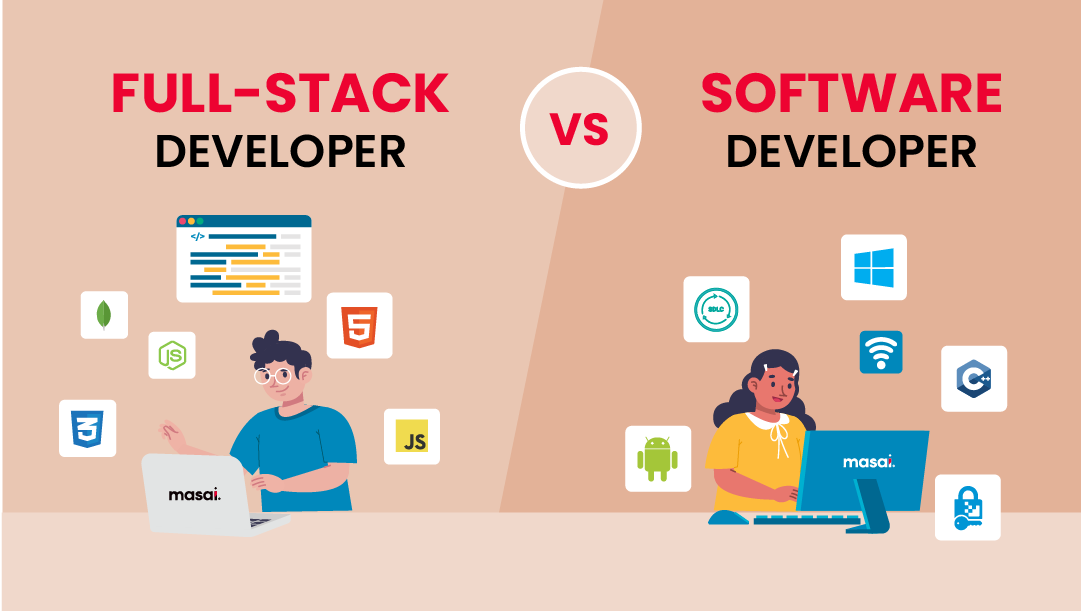Committed Developers vs. In-House Teams: Which Is Right for You?
The decision in between utilizing committed developers and preserving an internal group is a substantial one that can affect the trajectory of your jobs and overall business technique. On the other hand, in-house teams add to a cohesive business society and a nuanced understanding of long-lasting goals.
Comprehending Committed Designers
The expanding need for specialized abilities in the technology market has actually led to the development of specialized programmers as a sensible solution for lots of organizations. These professionals are generally contracted on a job basis, allowing firms to take advantage of specific know-how without the long-term commitment associated with full-time hires. Committed designers are frequently embedded within a client's team, offering versatility and scalability to satisfy project demands.
This model enables companies to access an international talent swimming pool, which is especially useful in a quickly evolving technological landscape. Devoted developers can be sourced from numerous geographical places, ensuring that firms can discover the ideal capability at competitive rates. They usually bring a wide range of experience and knowledge, having functioned on varied tasks throughout different industries.
Additionally, committed developers can focus solely on the jobs handy, boosting performance and efficiency. They are equipped to integrate effortlessly right into existing workflows, collaborating very closely with internal groups to achieve job goals. This technique not just reduces the concern of recruitment and training yet additionally permits companies to continue to be dexterous, adjusting rapidly to altering market demands and technological innovations.
Benefits of In-House Teams

Furthermore, internal teams tend to have a deeper understanding of the business's mission, worths, and goals. This placement can boost worker involvement and motivation, as employee really feel more linked to their work and the company's success. Additionally, having a specialized internal team enables for far better alignment of approaches and objectives, as these participants are consistently concentrated on the company's concerns.
Internal groups also help with quicker decision-making processes, as they can react a lot more swiftly to difficulties and adjustments. The established connections and familiarity with business procedures permit structured workflows and reduced miscommunication. Ultimately, the mix of a natural society, positioning with business objectives, and reliable interaction makes internal groups an important possession for several organizations, especially those seeking to grow long-term development and technology.
Price Factors To Consider
When reviewing price factors to consider, both dedicated designers and in-house groups present unique economic effects for organizations. Engaging dedicated designers usually involves a pay-per-project or hourly rate model, which can be cost-effective for businesses with fluctuating job demands. This technique permits adaptability in scaling sources up or down, ensuring that business only pay for the services they require.
In contrast, in-house groups involve fixed prices, consisting of salaries, benefits, and overhead costs such as office and devices. While this version offers better control and immediate accessibility of resources, it might result in higher long-term expenditures, especially if the work does visit site not validate a full-time team.
Additionally, business must consider the surprise costs related to recruitment and training of internal staff members, which can even more stress spending plans. Sometimes, the moment and sources invested in managing an in-house group can take away from the company's core company objectives.

Project Administration and Flexibility
Project monitoring and adaptability are critical factors that affect the option between internal groups and devoted programmers. Devoted programmers commonly supply a high degree of flexibility, permitting organizations to range resources up or down based on task demands. This agility can be particularly advantageous for organizations experiencing changing workloads or those looking for to introduce quickly. Devoted groups typically have developed procedures for managing tasks efficiently, leveraging specific techniques like Agile or Scrum, which promote iterative development and adaptability.

Ultimately, the selection in between internal groups and devoted developers rests on the desired degree of adaptability and the certain task monitoring needs. Business should evaluate their functional dynamics, task complexity, and source accessibility to identify which alternative aligns ideal with their calculated objectives.
Making the Right Option
Selecting the ideal development strategy-- dedicated designers or internal teams-- calls for a cautious analysis of various variables that align with a firm's tactical goals. software development staff augmentation. Think about the Our site nature of the task. If it demands specialized skills or a fast scale-up, dedicated designers might be better. On the other hand, in-house teams can supply better connection and combination with existing employees.
Following, examine your budget. Dedicated developers often present an economical remedy for short-term tasks, while internal groups may incur higher lasting expenditures because of wages, advantages, and expenses expenses. Evaluate the degree of control and cooperation wanted; internal teams typically foster stronger communication and placement with firm culture.
Furthermore, think about the moment framework. If immediate outcomes are necessary, specialized designers can be onboarded swiftly, whereas constructing an internal team takes time for employment and training. Ultimately, weigh the long-lasting vision of your organization. If continuous growth is crucial, investing in an in-house group might produce far better returns gradually. Ultimately, the choice hinges on an extensive evaluation of these aspects, guaranteeing placement with your company's functional demands and overall purposes.
Conclusion
In verdict, the decision between devoted developers and internal groups pivots on task demands and organizational purposes. Conversely, internal teams grow a cohesive culture and much deeper positioning with long-term objectives.
The choice in between utilizing committed designers and maintaining an in-house group is a substantial one that can impact the trajectory of your jobs and overall organization technique.Job monitoring and versatility are critical variables that influence the selection between devoted developers and internal groups. hire dedicated developers.In comparison, internal teams might excel in preserving a regular job monitoring framework due to their experience with the company's society and i loved this lasting goals. Devoted designers frequently offer a cost-efficient solution for temporary jobs, while in-house groups might incur greater long-term expenditures due to wages, advantages, and overhead expenses.In verdict, the choice in between devoted designers and internal groups pivots on project needs and organizational objectives